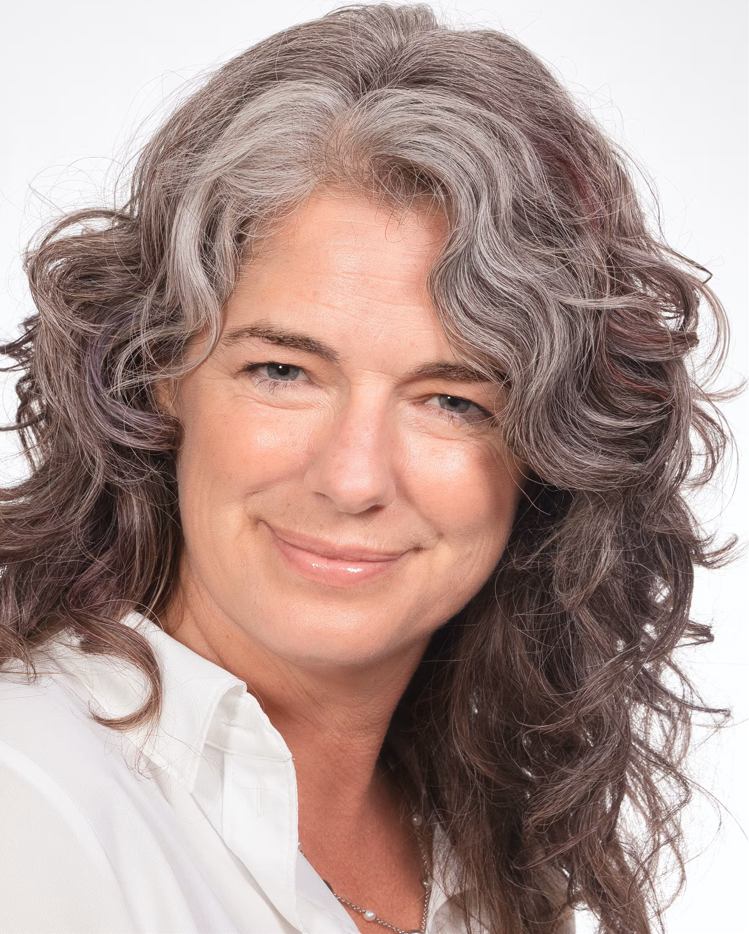How Dr. Nicole Nitti is improving primary care in West Toronto
Headshot of Dr. Nicole Nitti.
It was a pivotal day for Dr. Nicole Nitti, a family doctor and the lead of the West Toronto Primary Care Network for the West Toronto Ontario Health Team (WTOHT), when a patient she had been seeing for years walked into her office. There was an expression on the patient’s face that Nicole had never seen them make before.
Nicole’s patient had a deep fear of smiling – a result of having their teeth removed because of health complications. It affected the patient’s diet and eating habits which, in addition to being a newcomer to Canada and needing primary care, is why they had sought Nicole’s care.
Nicole knew that getting her patient dentures would take a lot of resources. It was an 18-month process to finally get them.
“Standing at the door of my office, they finally smiled at me, and we both cried,” says Nicole.
For Nicole, it’s days like this that remind her of why she got into medicine. “It’s challenging, but it’s also rewarding work,” she says.
With more than 20 years’ experience as a family doctor working in multiple healthcare settings, Nicole knows what it takes to help people in need of specialized care.
She first saw the opportunity to build a primary care network when she was involved in West Toronto’s Local Health Integration Network – the predecessor to the WTOHT. There she realized the need to create a collective primary care voice.
“We’ve learned that when you plan health care without co-designing it with primary care, the system tends to be inefficient,” says Nicole. “We’re everyone’s first line of coverage and it’s where most people get their care. Primary care is also connected to pharmacies and other community organizations – it’s that key connector.”
Now, working with the WTOHT and leading the West Toronto Primary Care Network (WTPCN), Nicole sees an opportunity to expand the network, enabling family physicians to co-lead with other professions such as nurse practitioners.
“Like our patients, healthcare professionals are also end users of the system. If we’re supported, then we can provide better care to our patients,” says Nicole.
For Nicole, the voices that inform the actions of the WTPCN need to go beyond healthcare professionals. “Hearing the perspectives from a diverse group of patients allows us to strengthen our work,” says Nicole.
Though the relationship is still developing, Nicole says that there’s a lot of opportunity to get the Partners for Better Care Council (PBCC) – the WTOHT’s patient, caregiver, and community member advisory council – involved in the work of the WTPCN.
“Ask any physician or nurse, they’ll tell you to take away the other stuff and let us see our patients,” says Nicole. “That is my goal – to remove the barriers both primary care workers and patients face and create and inclusive primary care sector.”

